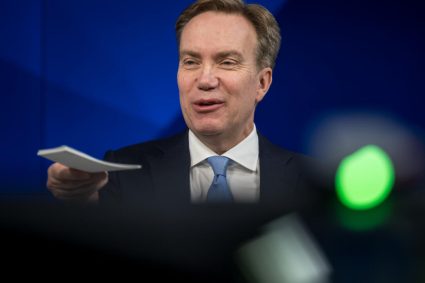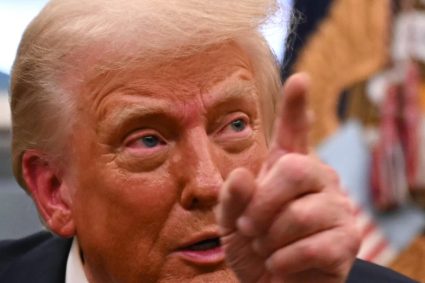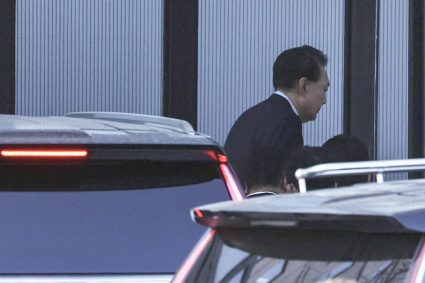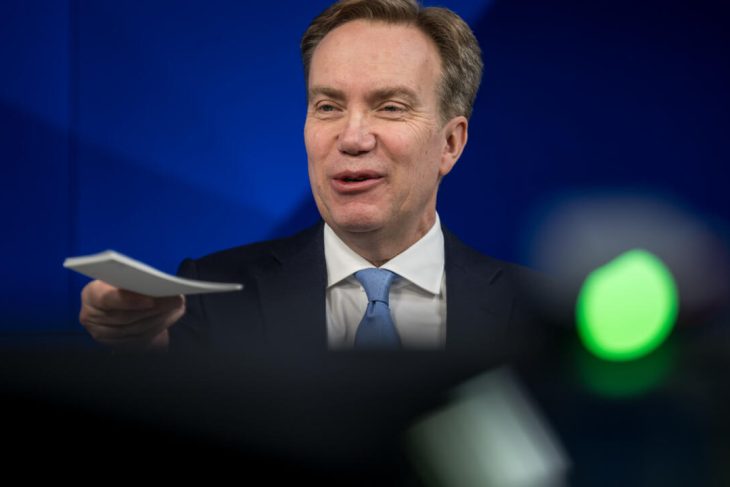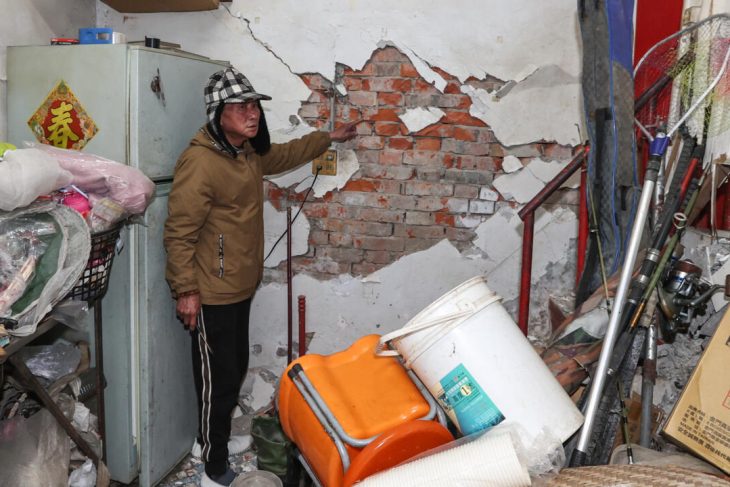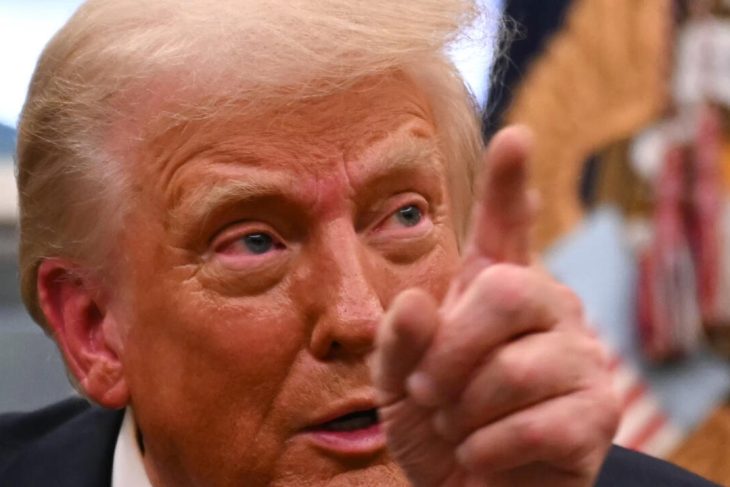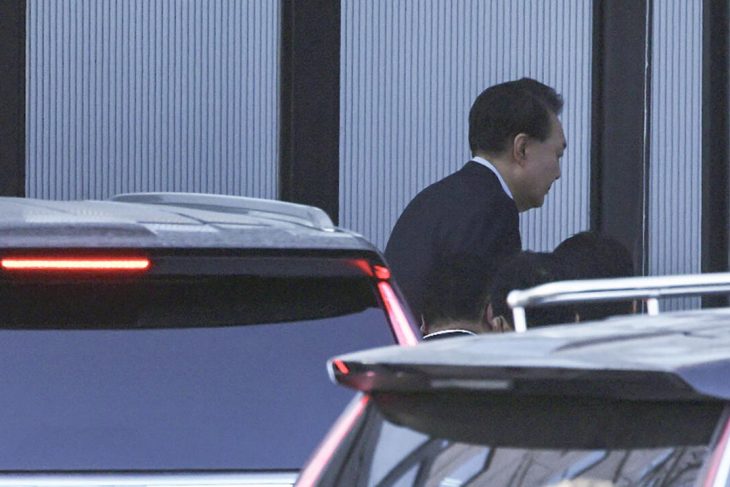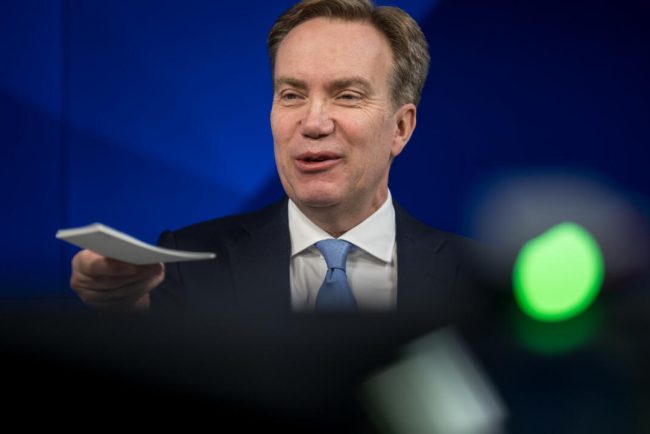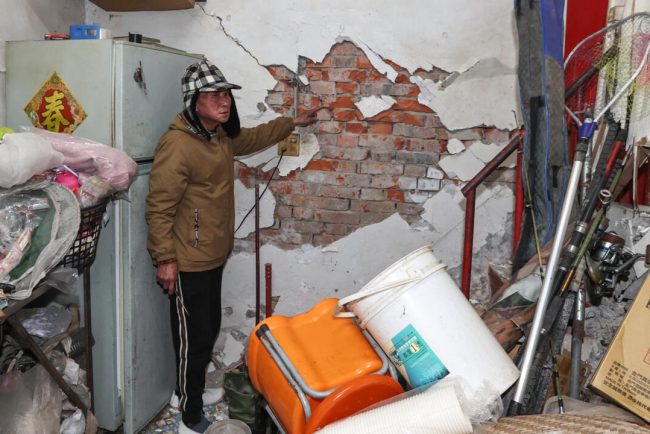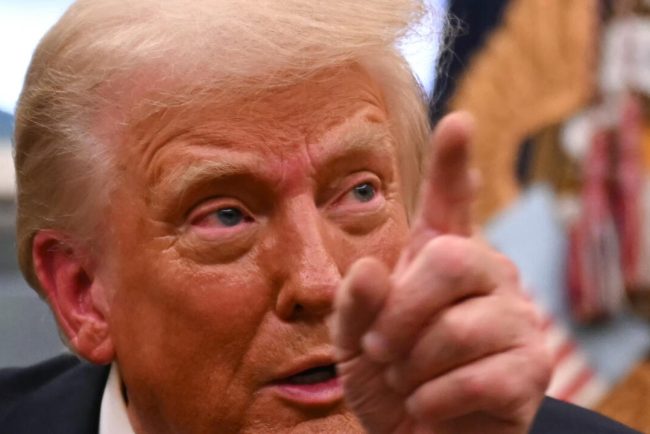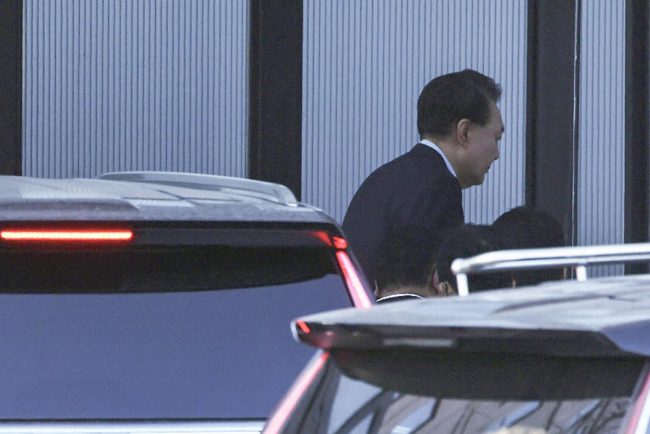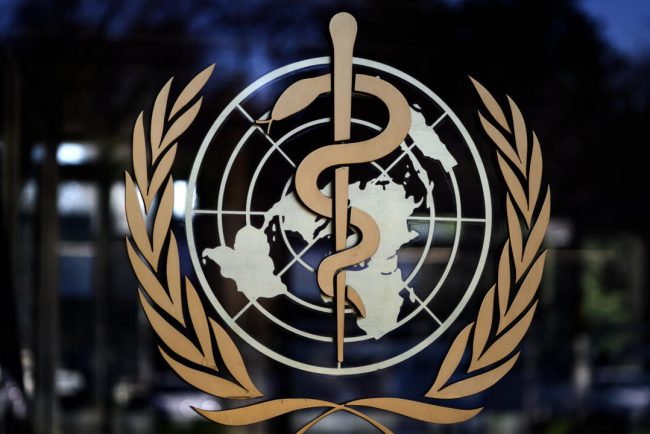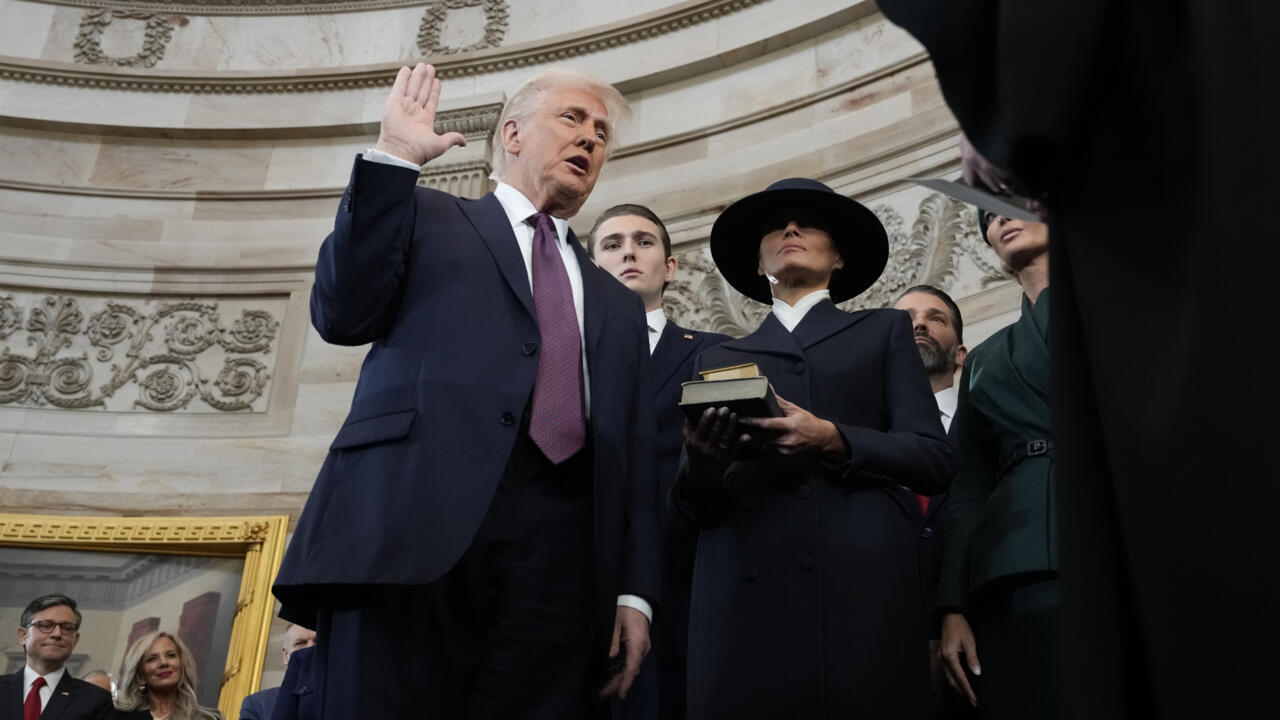
Trump made the threat against the two major US trading partners hours after taking the oath of office — and promised to make liberal use of tariffs as a foreign policy tool.
Trump accused Canada and Mexico of failing to stop illegal immigration and narcotics into the United States.
“We’re thinking in terms of 25 percent on Mexico and Canada, because they’re allowing vast numbers of people — Canada’s a very bad abuser also — vast numbers of people to come in, and fentanyl to come in,” he said in the Oval Office.
He added that he was thinking of enacting these tariffs on February 1.
Early Monday, Trump vowed: “I will immediately begin the overhaul of our trade system to protect American workers and families.”
“Instead of taxing our citizens to enrich other countries, we will tariff and tax foreign countries to enrich our citizens,” Trump added in an inaugural address.
Before his White House return, Trump already vowed the tariff hikes on Canadian and Mexican imports, and an additional 10 percent on Chinese goods, if they did not do more about illegal immigration and the flow of fentanyl into the United States.
On the campaign trail, Trump floated the idea of added duties on all imports and steeper rates — 60 percent or more — on Chinese goods.
Mexico, Canada and China are leading sources for goods imported by the United States, according to US trade data.
Tariffs are paid by US importers to the government on purchases from abroad, with the economic weight of levies falling on importers, foreign suppliers or consumers.
‘America First Trade Policy’
Trump also on Monday signed a directive for federal agencies “to address the cost-of-living crisis that has cost Americans so dearly,” calling for action to lower housing costs and others.
The White House added separately that Trump would unveil his “America First Trade Policy” as well.
The European Union’s economy commissioner said the bloc stood ready to defend its interests, while Canada’s Foreign Minister Melanie Joly said Ottawa would work to ensure it is ready to respond to US trade policies.
Trump also reiterated his plan to set up an “External Revenue Service” to collect tariffs, duties and revenues, promising “massive amounts of money” pouring in.
The name is a play on the Internal Revenue Service, which administers and enforces US tax laws.
Some analysts have warned that tariff hikes would bring higher consumer prices and weigh on GDP.
A 2021 literature review by the Tax Foundation found that consumers and businesses tended to bear the burden of recent tariffs, although these did not appear to drive economy-wide inflation.
But Trump’s supporters have pointed to other proposals like tax cuts and deregulation as ways to spur growth.
Trump’s Treasury secretary nominee Scott Bessent told lawmakers last Thursday that he disagreed the cost of tariffs would be borne domestically.
And Commerce secretary nominee Howard Lutnick told Trump’s supporters in Washington that if firms wanted to avoid duties, they should build factories in America.
Trump also said he would establish a new “Department of Government Efficiency.”
The office dubbed DOGE has an advisory role but is eyeing some $1 trillion in federal spending cuts.
© 2025 AFP
